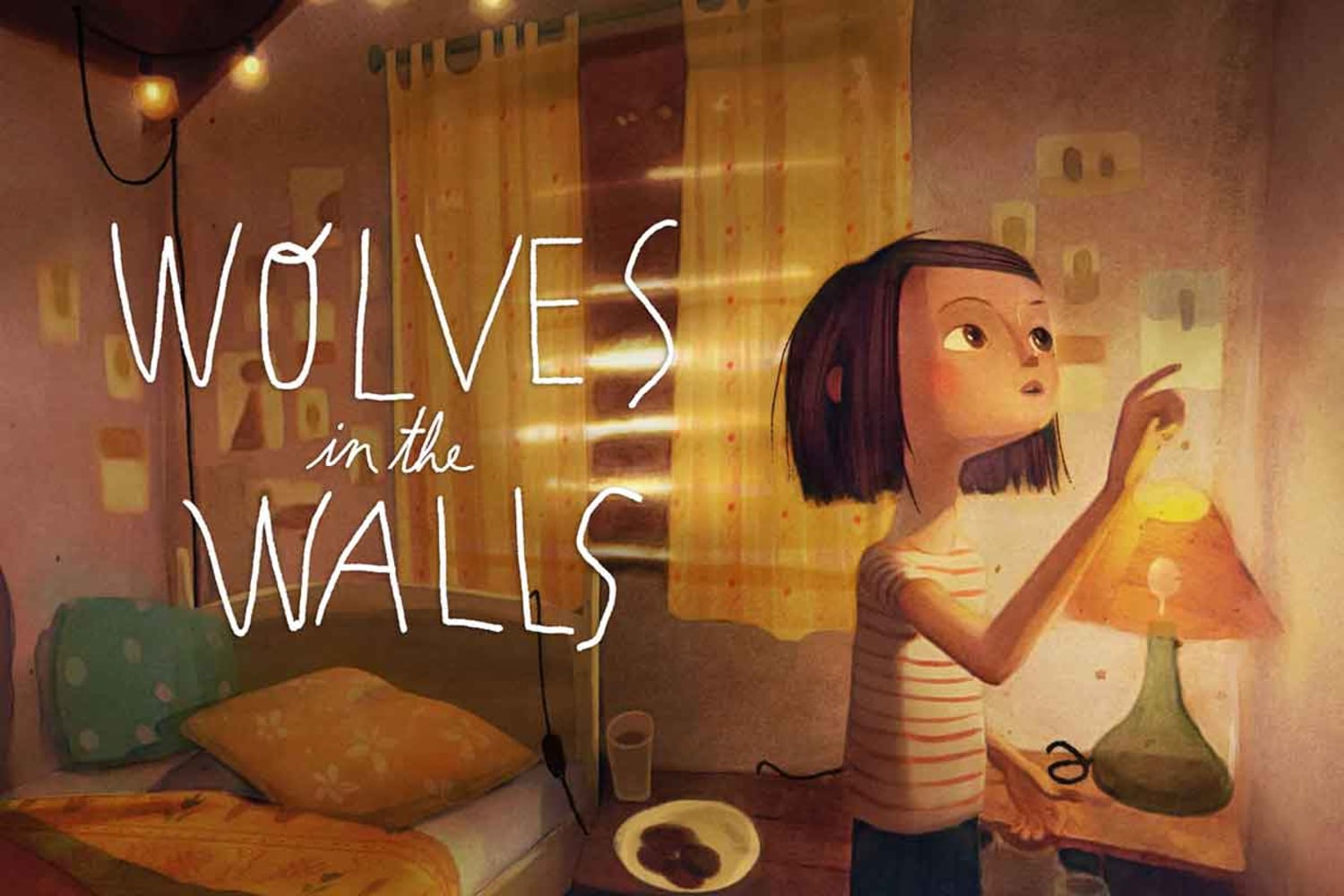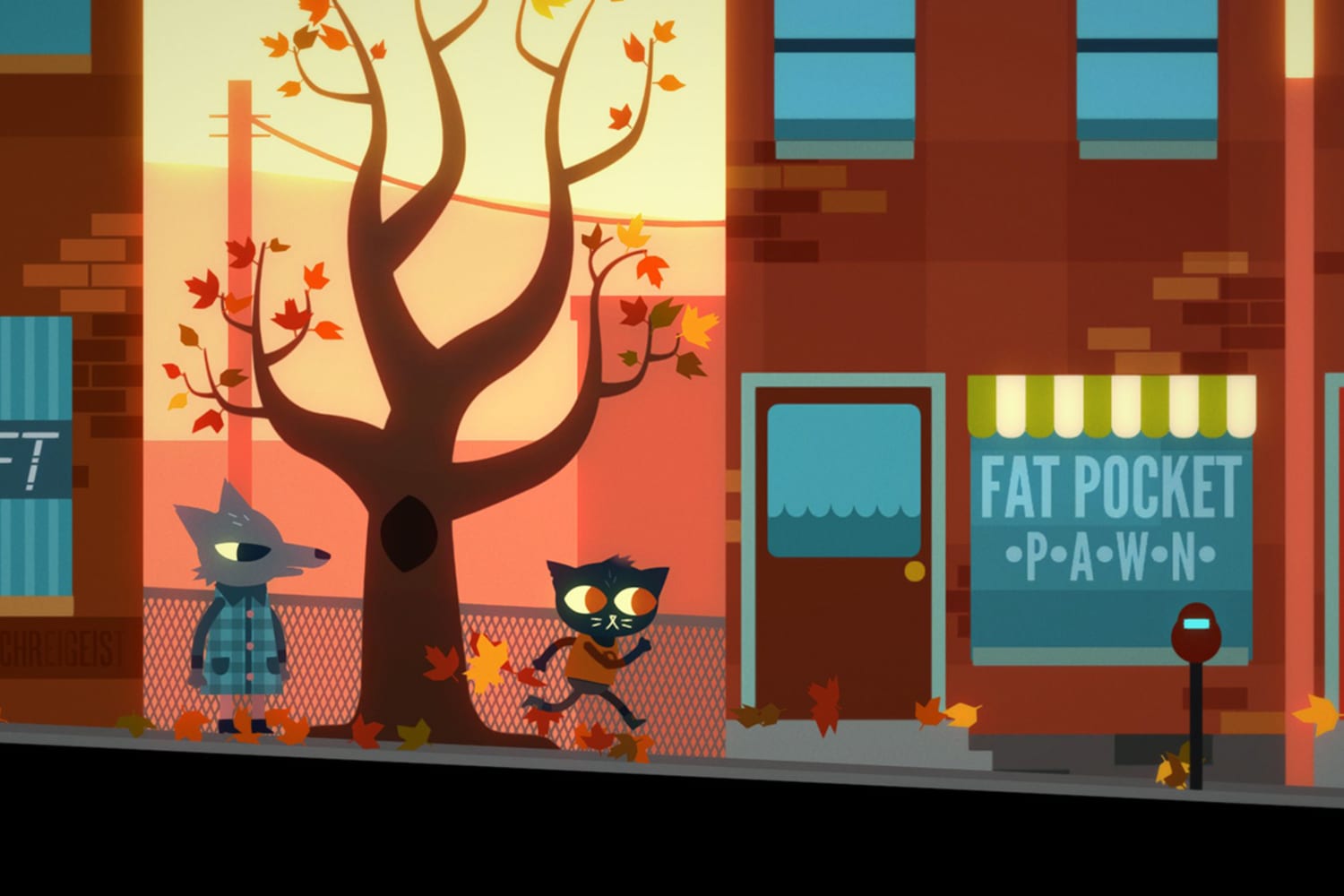Computer games used to promise escape from adult life with magic tokens, pixelated slain dragons and a myriad repetitive, upbeat soundtracks. But now a new generation of video games is using gaming techniques to help players grow up.
Butterfly Soup stars four Asian-American teens who are exploring their queer identities and shifts narration so players can understand all perspectives. It is designed like a visual novel, where viewers can make small dialogue choices which feel meaningful and engaging, though they don’t control the outcome of the story.









